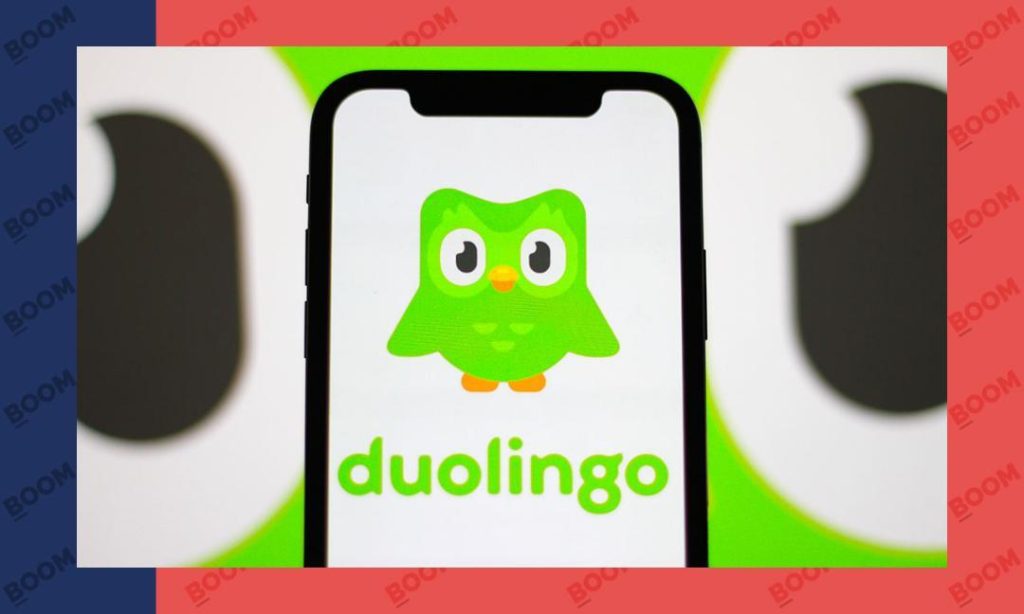
Duolingo Adopts AI-First Model, Cuts Contractor Reliance
Duolingo, the popular language-learning platform, has announced a significant shift towards an AI-driven model to scale faster and meet the rising global demand for its services. This move aims to reduce the company’s reliance on contractors and manual processes, which are perceived as too slow for its mission.
In a bid to streamline operations and expand its reach, Duolingo will be leveraging artificial intelligence (AI) in various aspects of its business, including hiring, reviews, and content creation. This AI-first approach is expected to enable the company to process vast amounts of data quickly and accurately, thereby improving the overall learning experience for its users.
The decision to adopt an AI-driven model was made after Duolingo’s leadership realized that manual processes were no longer sufficient to cater to the company’s growing needs. With millions of users worldwide, Duolingo has been facing significant challenges in scaling its operations quickly enough to meet the rising demand for its services.
“We’re a mission-driven company, and our mission is to make language education accessible to everyone,” said Luis von Ahn, Duolingo’s CEO. “To achieve this, we need to be able to scale faster and more efficiently. Manual processes just aren’t fast enough for us anymore.”
Duolingo’s AI-powered hiring process, for instance, will enable the company to evaluate candidates more quickly and accurately than traditional human-led processes. This will not only save time but also reduce the likelihood of human error.
In addition to hiring, Duolingo will also use AI to streamline its review process. The company will leverage machine learning algorithms to analyze user feedback and improve its content and curriculum continuously.
Moreover, AI-powered content creation will enable Duolingo to generate learning materials at a much faster pace than before. This will allow the company to cater to the diverse needs of its users more effectively and provide a more personalized learning experience.
Duolingo’s decision to adopt an AI-first model is a significant shift away from its traditional contractor-based approach. The company has relied heavily on contractors to create content, review user submissions, and perform other tasks. However, with the increasing demand for its services, Duolingo’s leadership realized that this approach was no longer sustainable.
“Contractors are great, but they’re not scalable,” said von Ahn. “With AI, we can automate many of the tasks that contractors used to perform, freeing up our resources to focus on higher-value activities like content creation and user engagement.”
Duolingo’s move towards an AI-driven model is not without its challenges, however. The company will need to invest significant resources in developing and training its AI systems, as well as ensuring that they are integrated seamlessly with its existing operations.
Despite these challenges, Duolingo’s leadership is confident that the benefits of its AI-first approach will outweigh the costs. By leveraging AI, the company will be able to scale faster, reduce costs, and improve the overall learning experience for its users.
“We’re excited about the potential of AI to transform our business and help us achieve our mission,” said von Ahn. “We believe that AI will enable us to make language education more accessible and effective, and we’re committed to investing in this technology to make that vision a reality.”
In conclusion, Duolingo’s decision to adopt an AI-first model marks a significant shift towards a more scalable and efficient approach to language learning. By leveraging AI in hiring, reviews, and content creation, the company aims to reduce its reliance on contractors and manual processes, and improve the overall learning experience for its users. As the demand for language education continues to rise, Duolingo’s AI-driven model will be crucial in enabling the company to meet its mission-driven goals.






